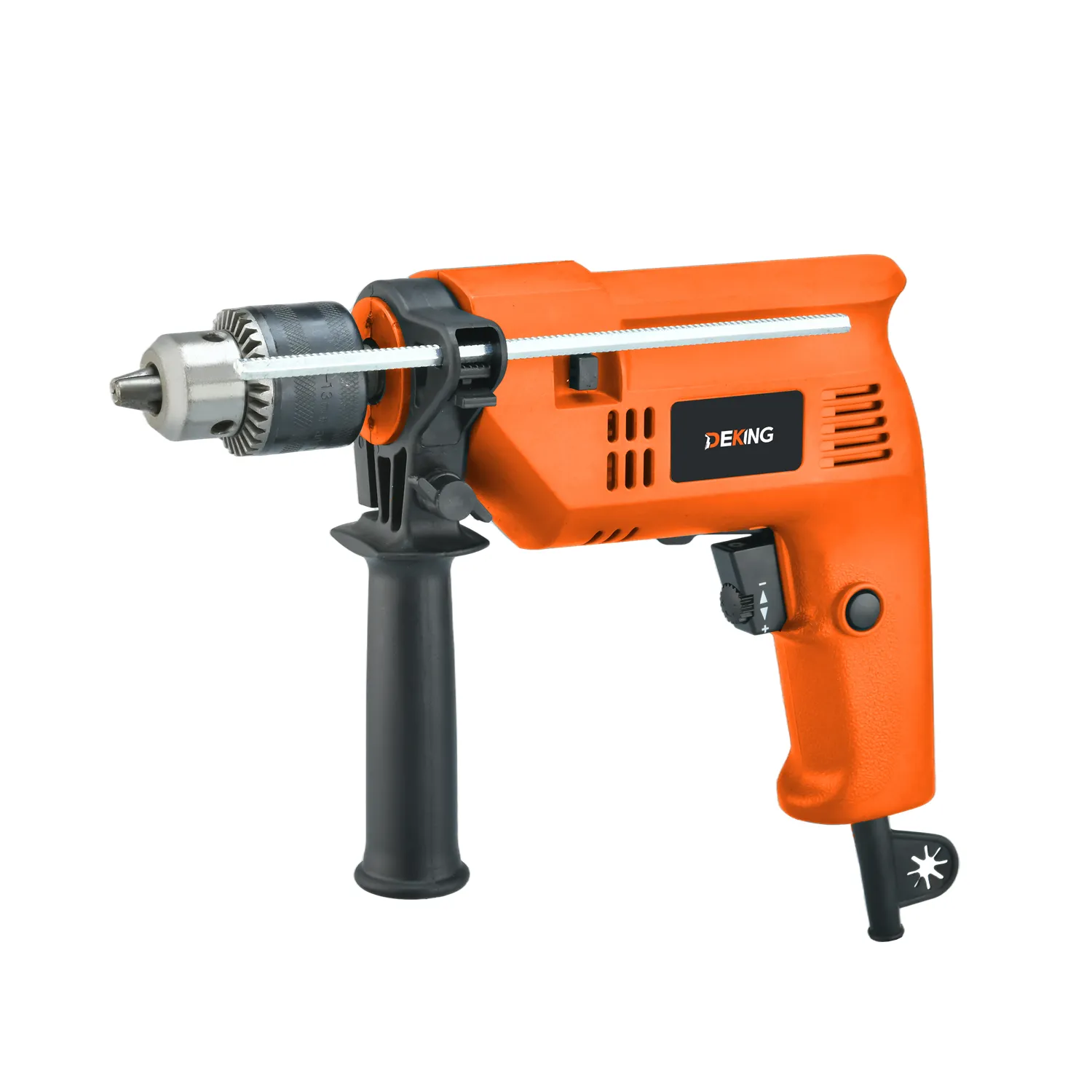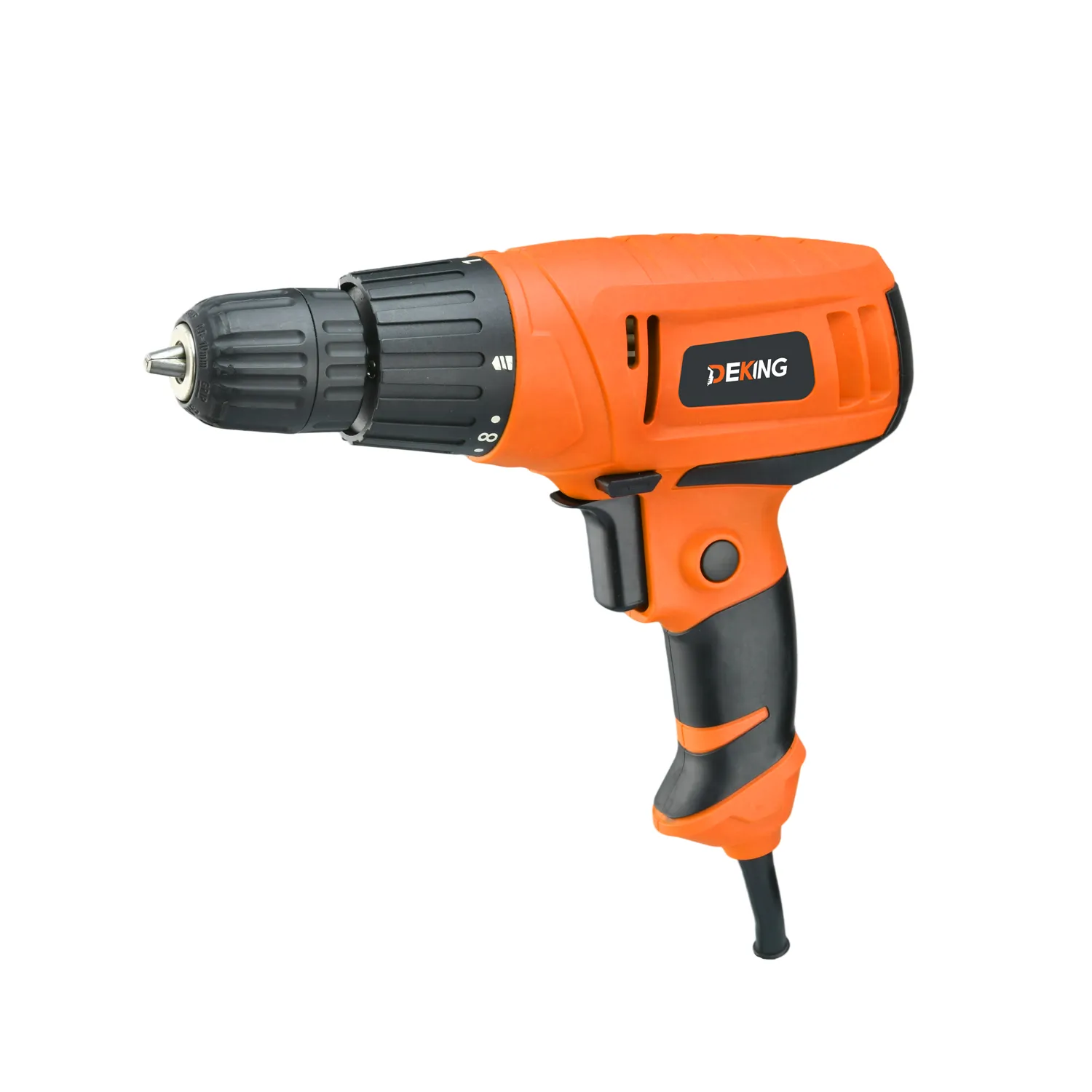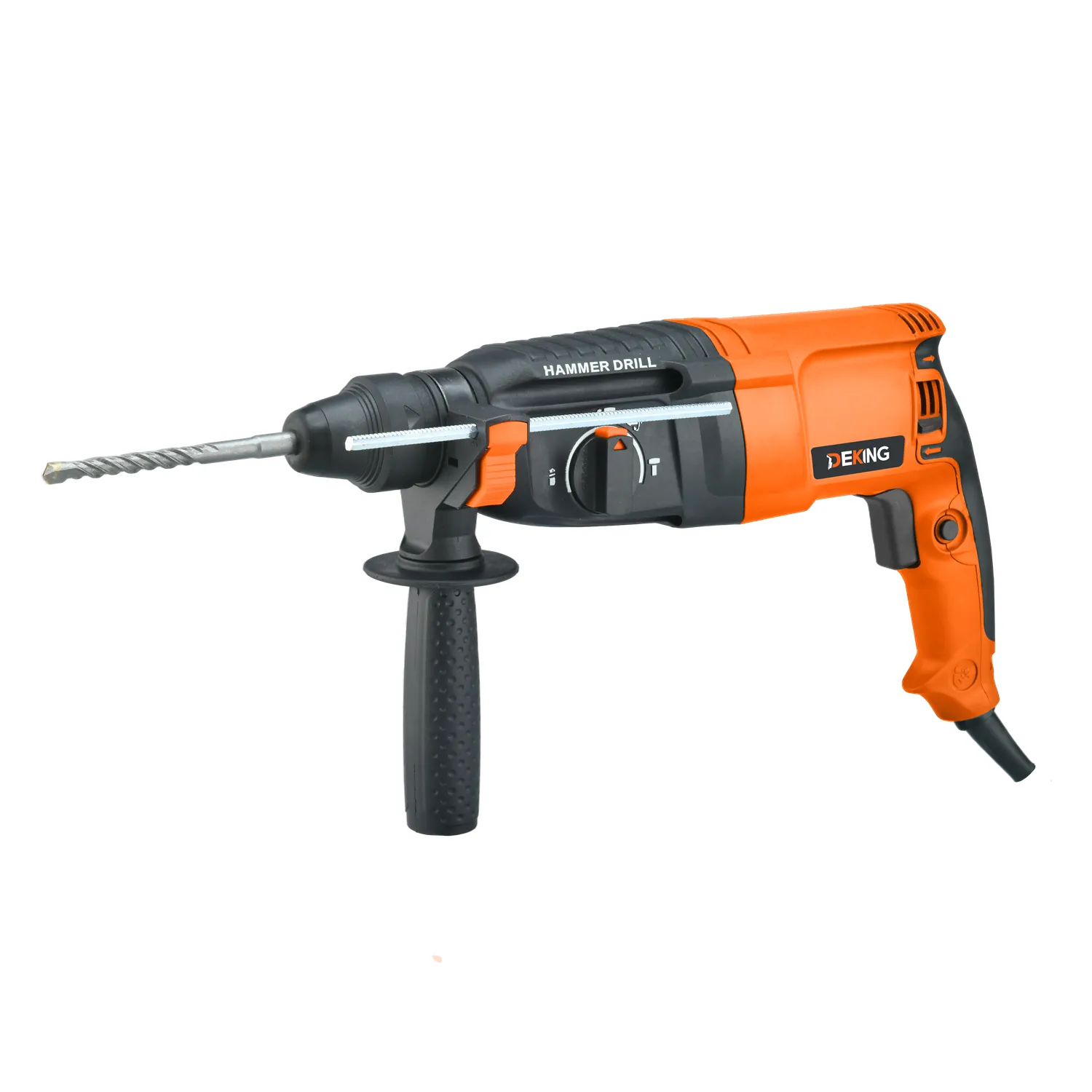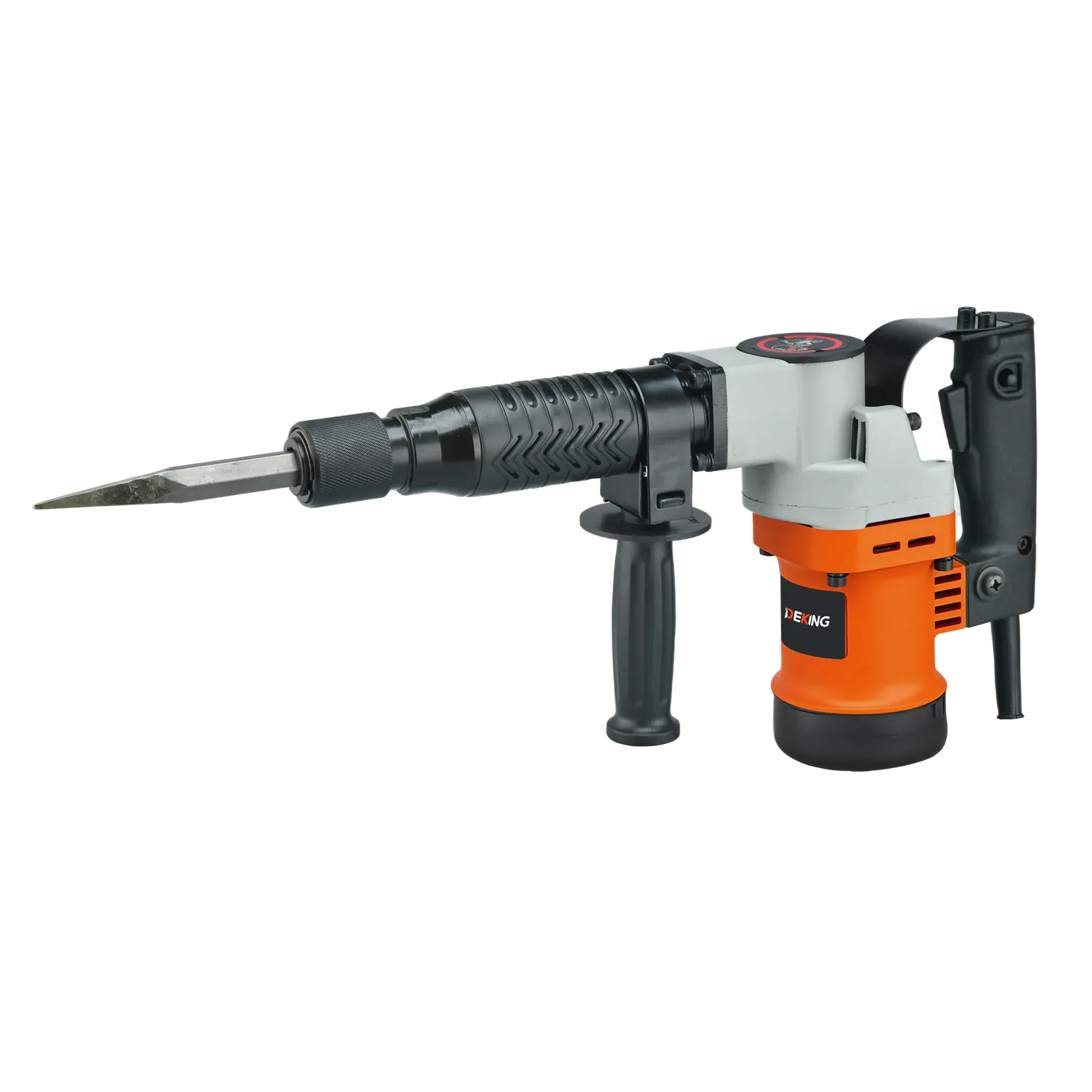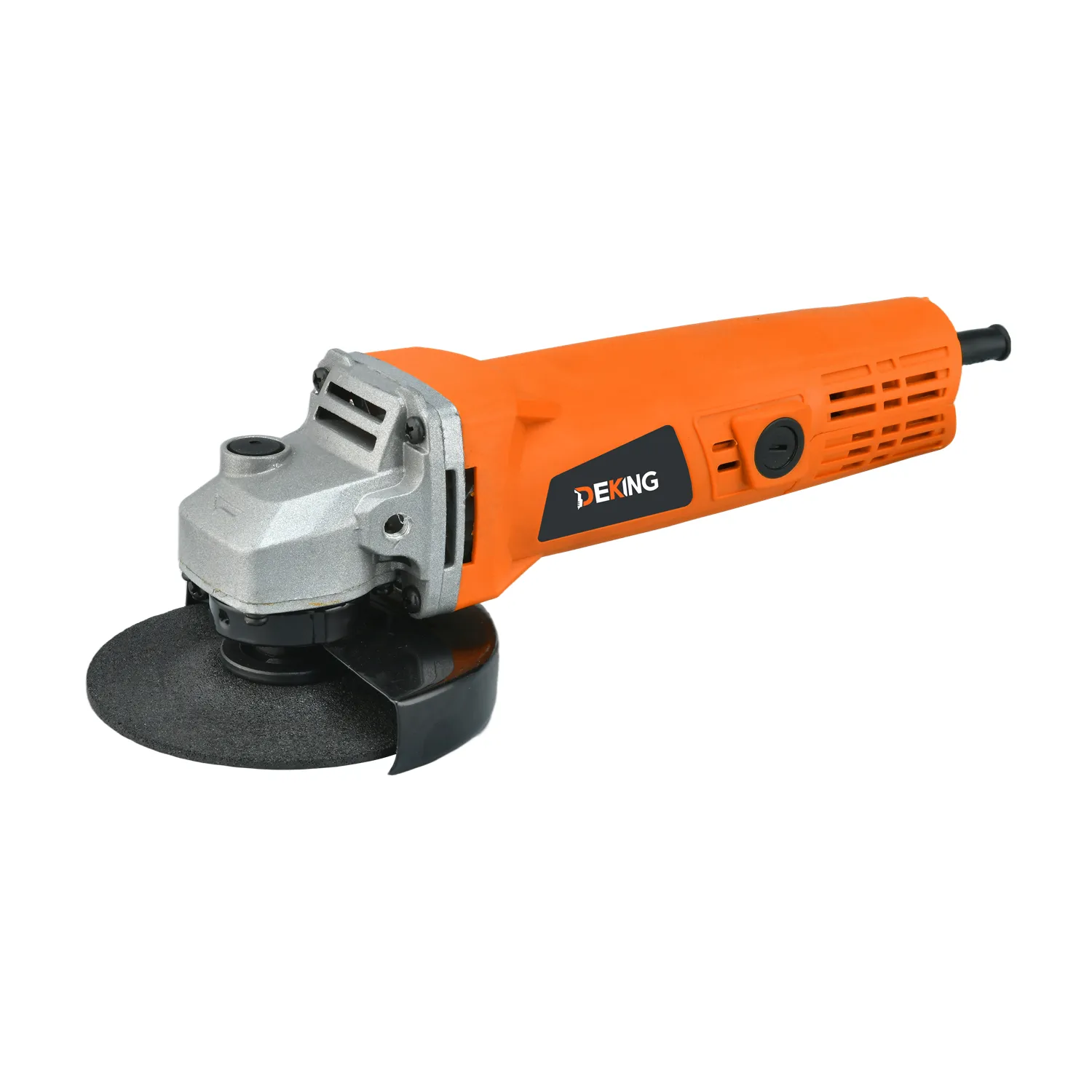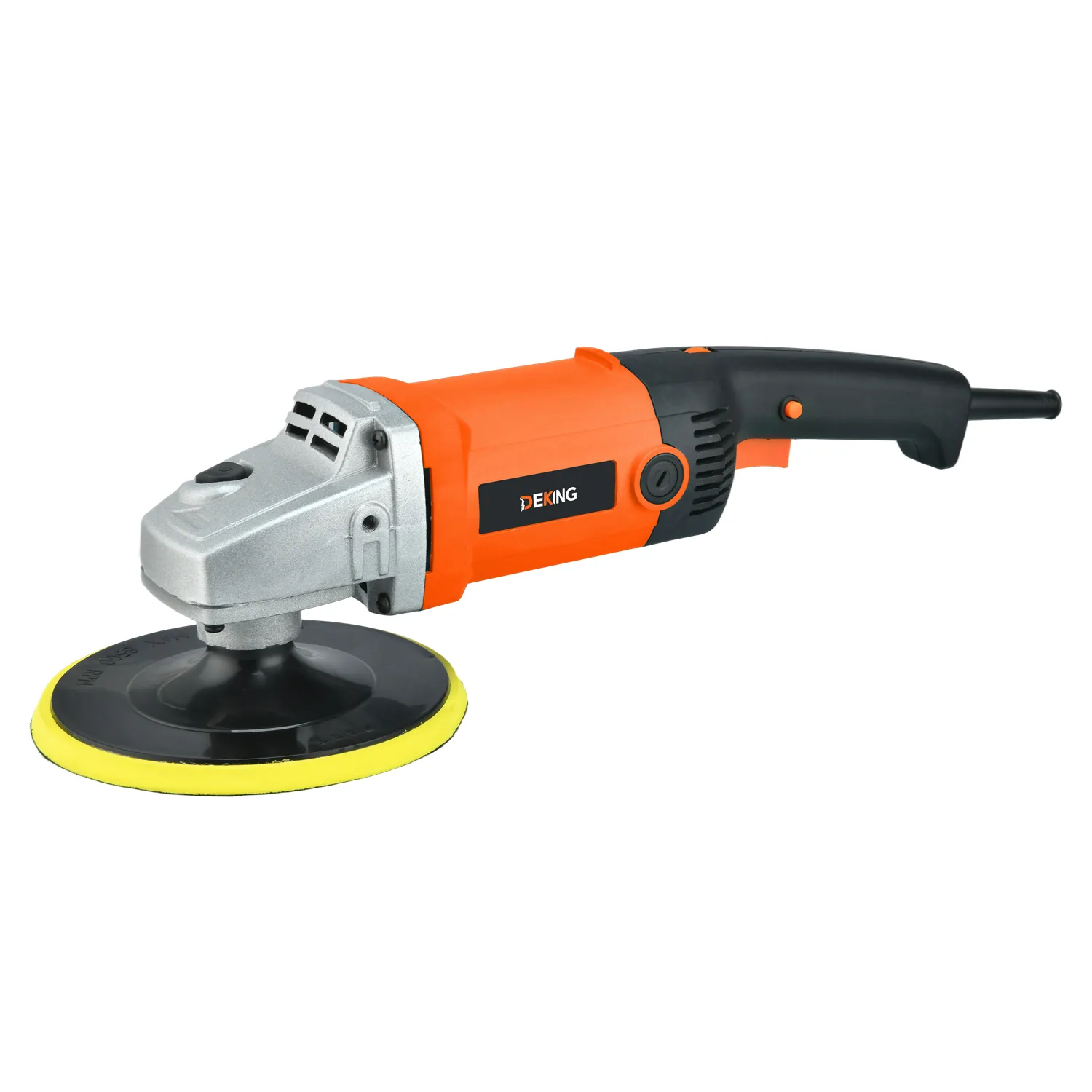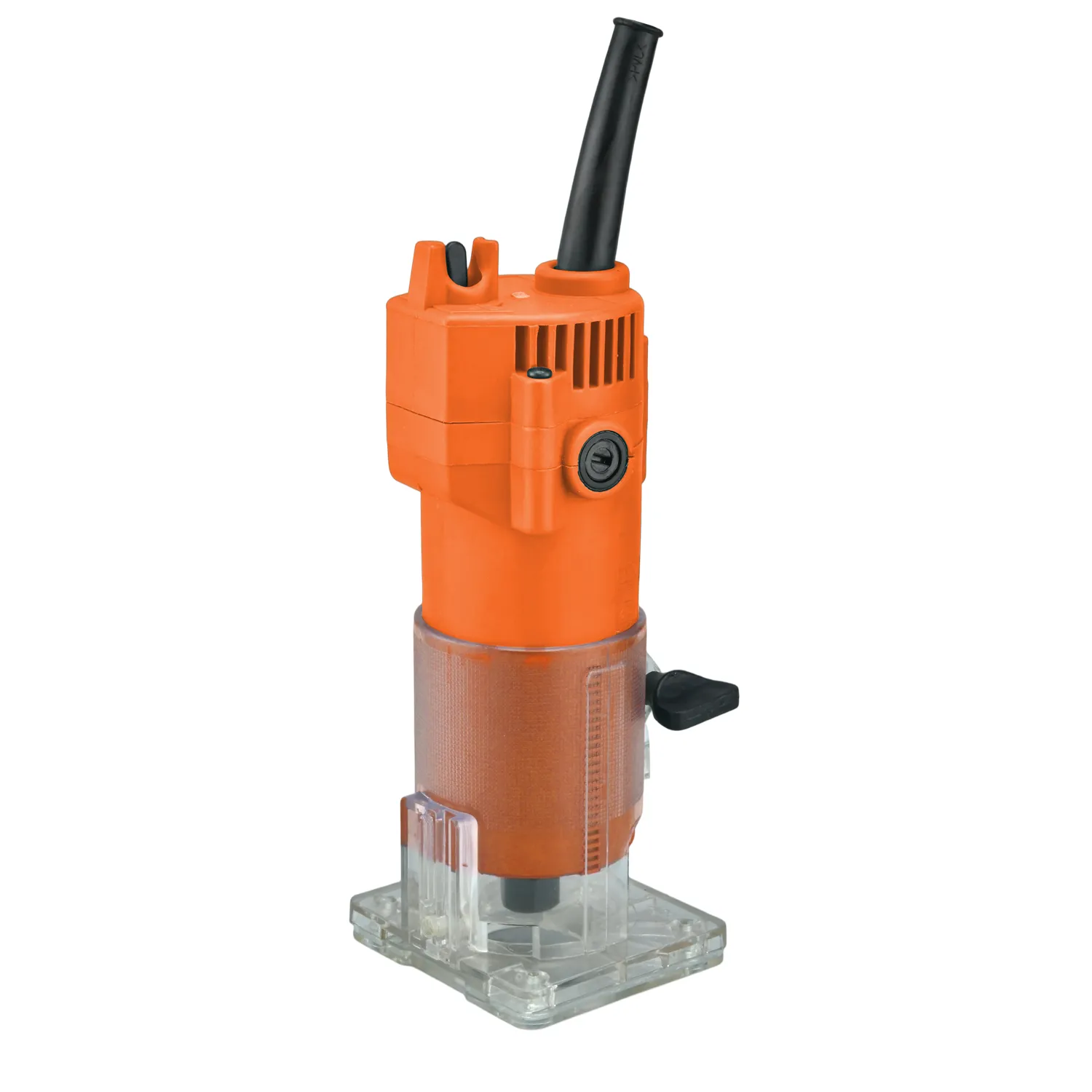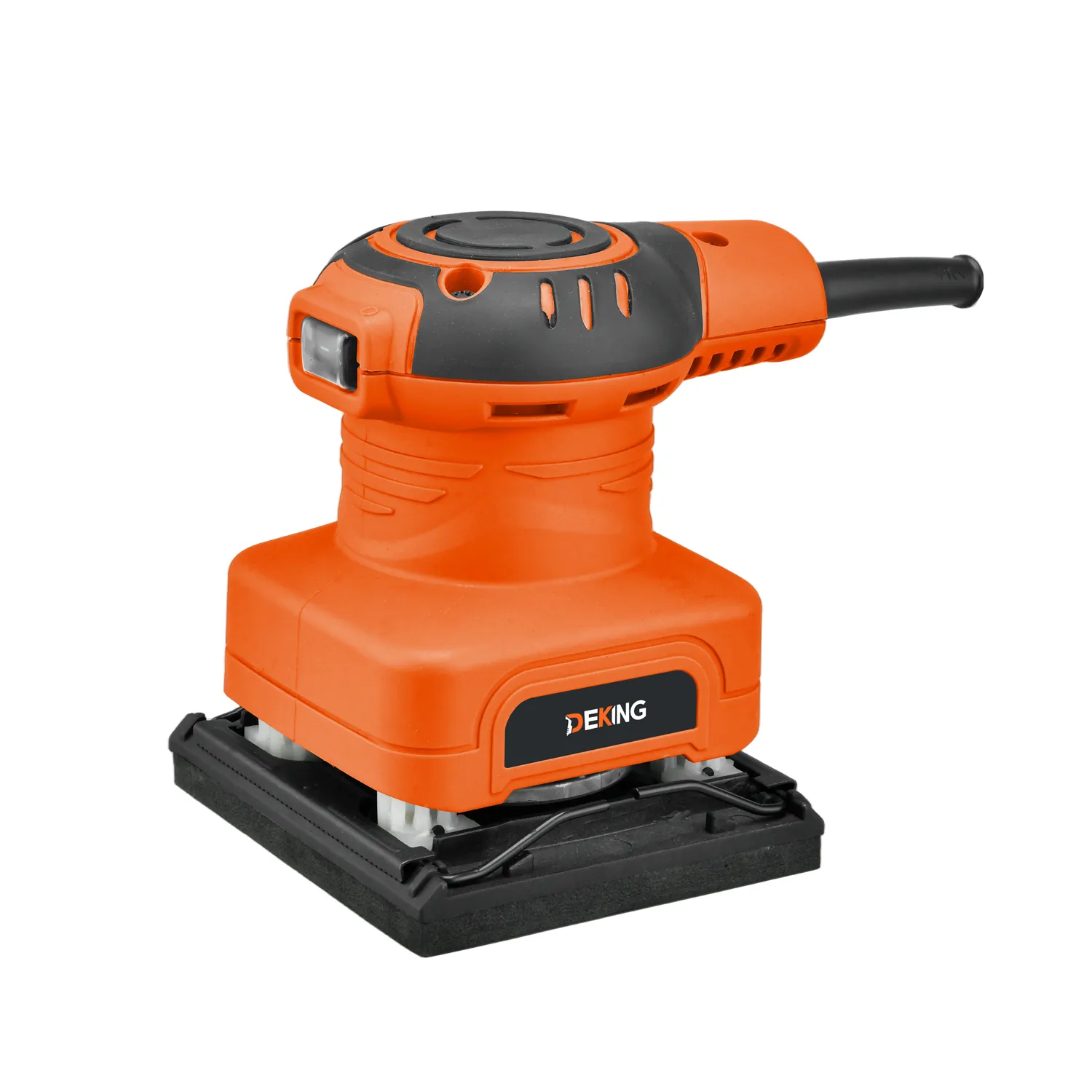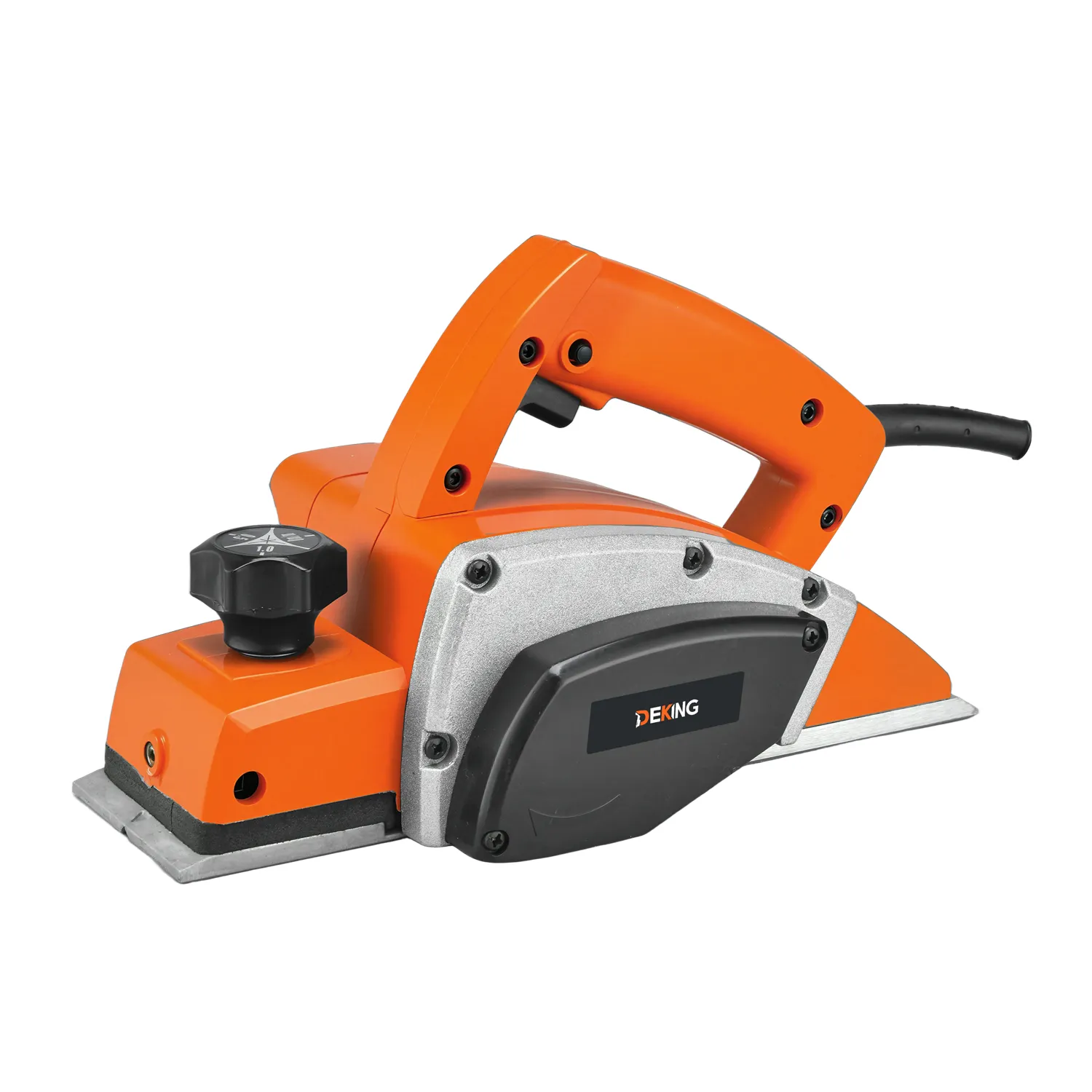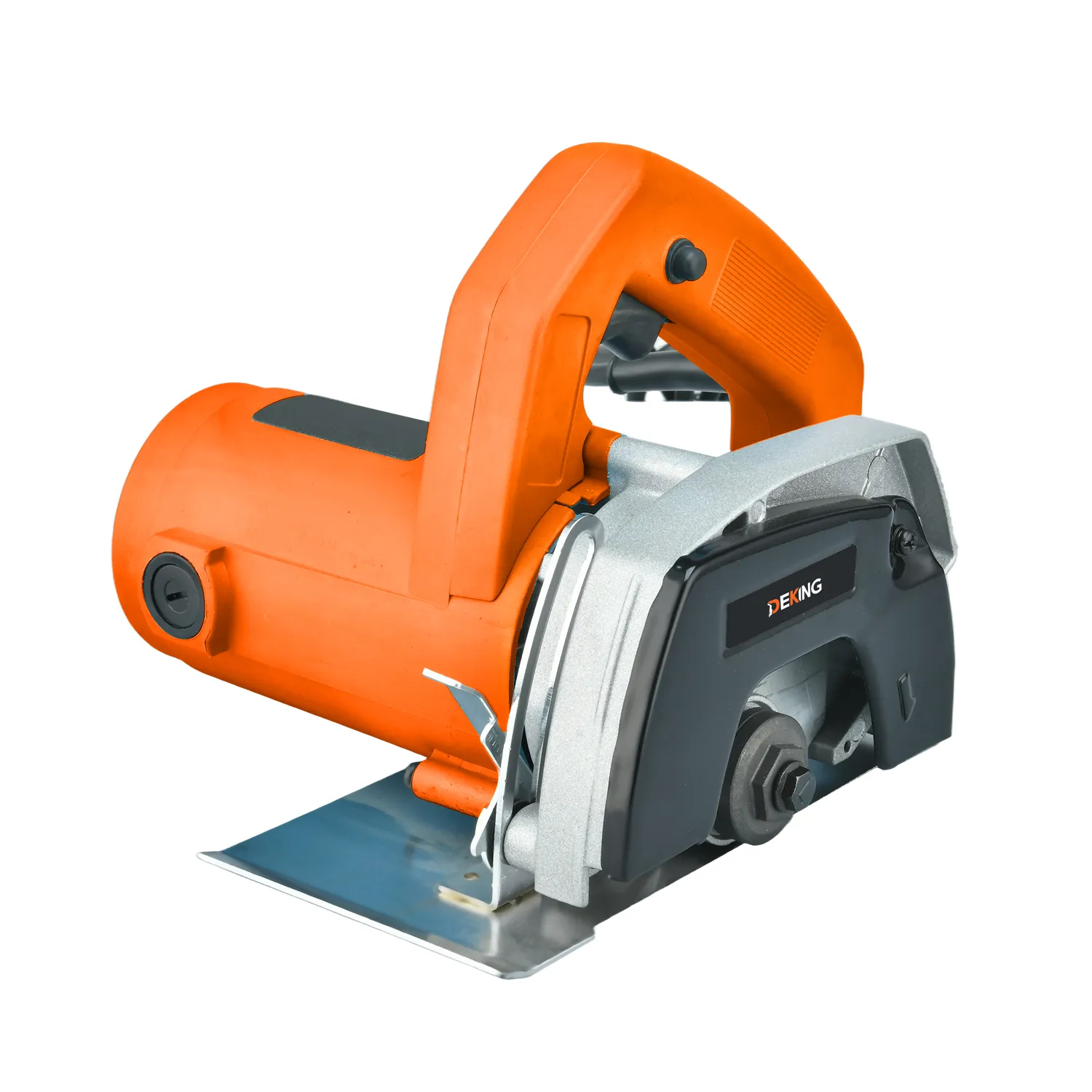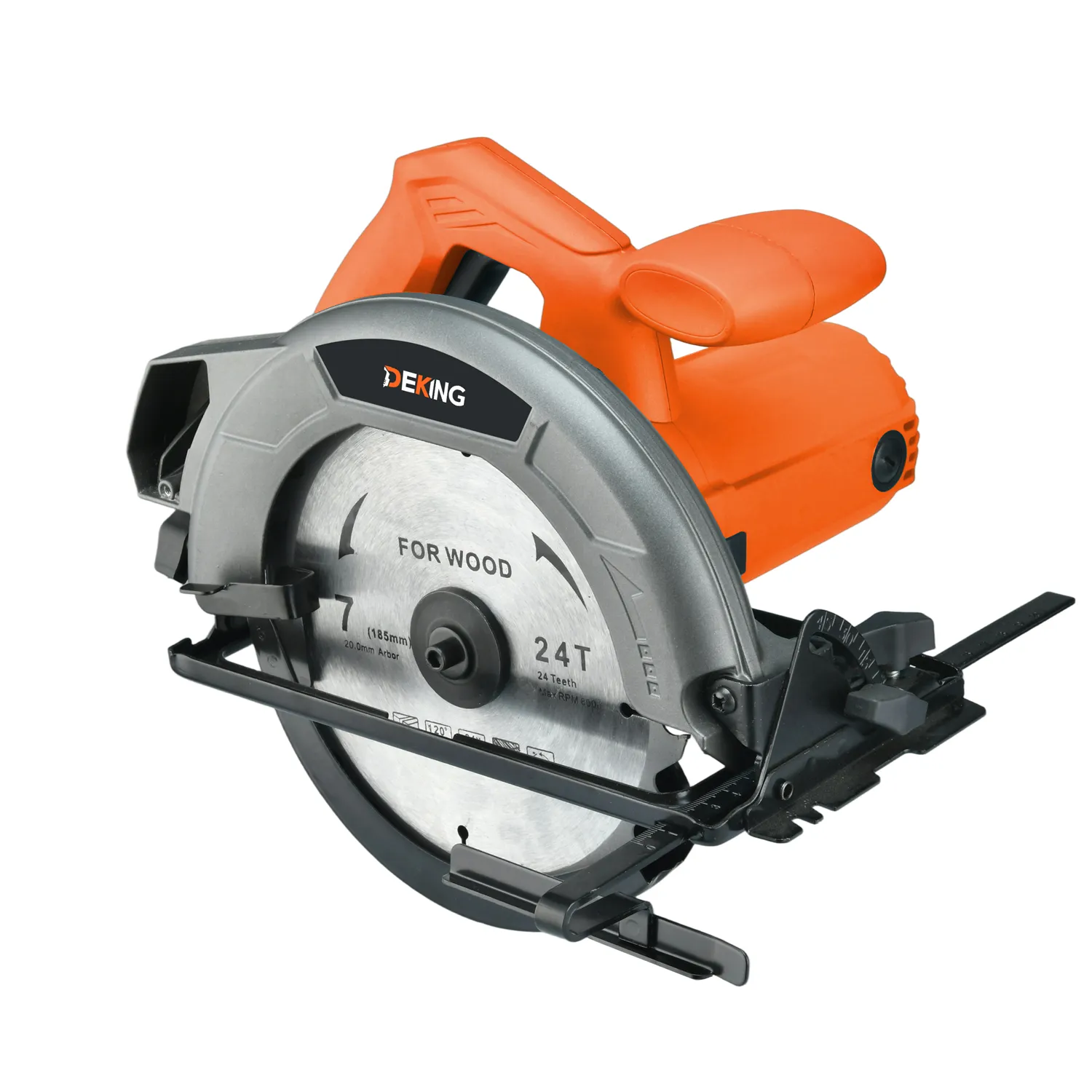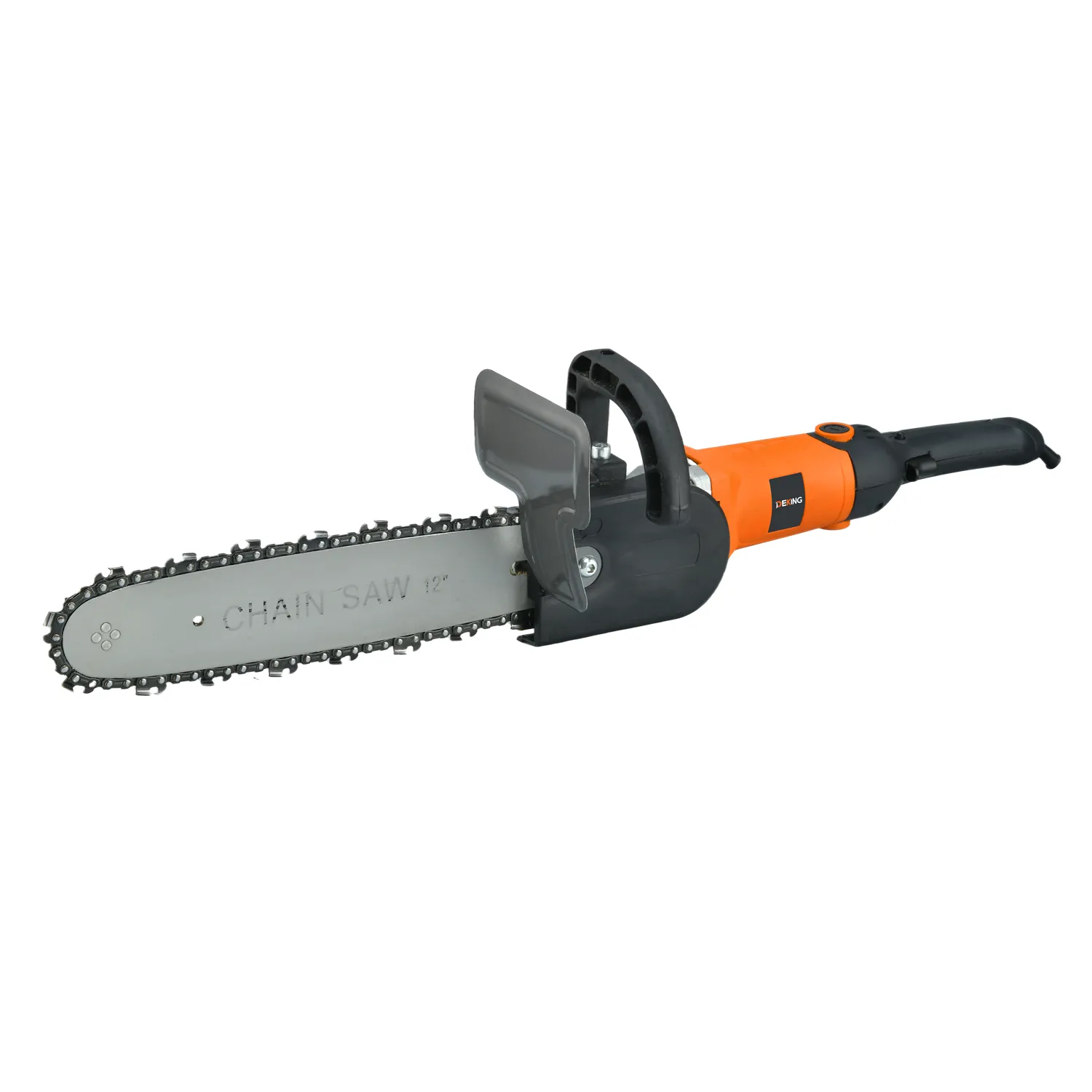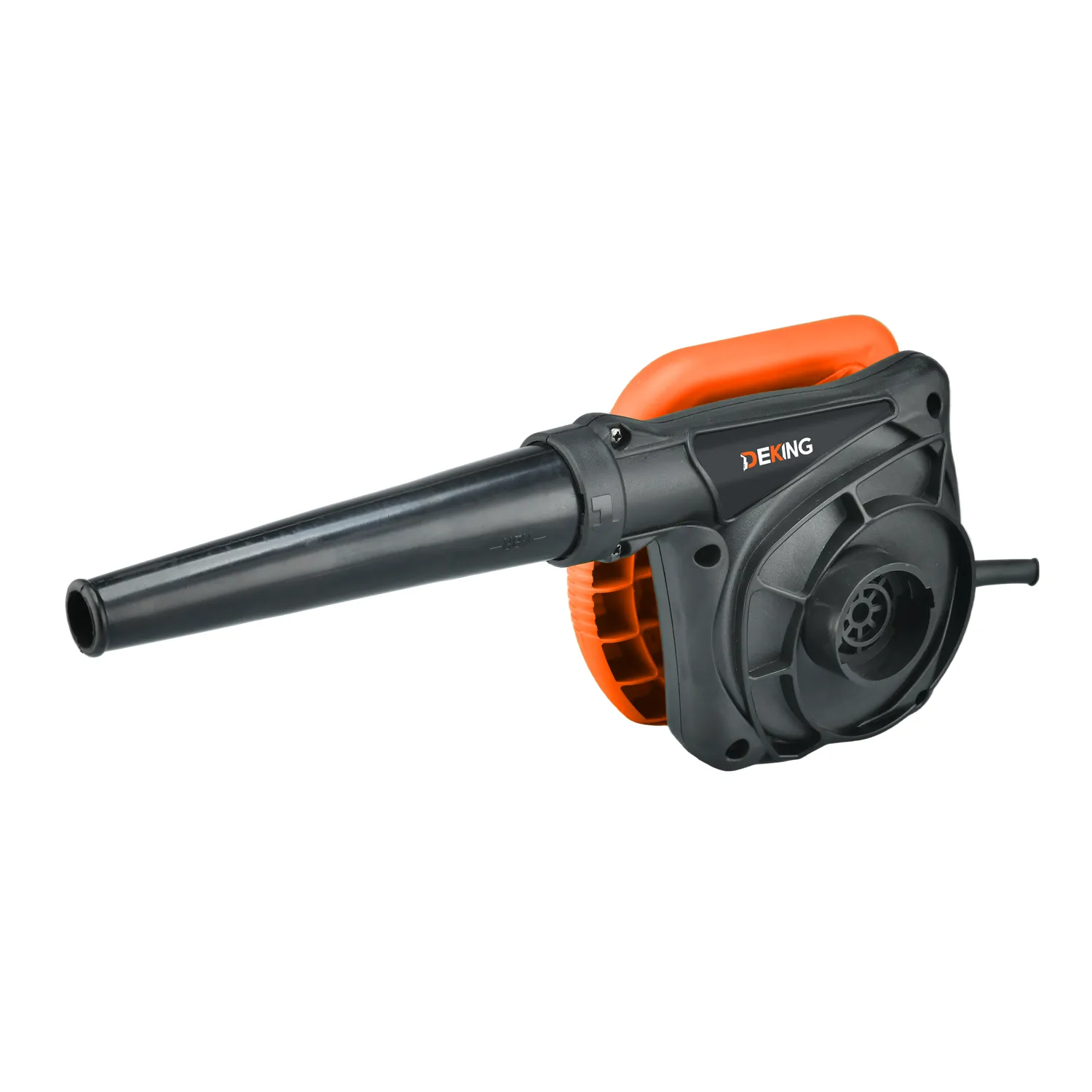In the realms of construction, renovation, and DIY, when the task involves drilling into or breaking through concrete, masonry, or rock, an ordinary power drill quickly shows its limitations. This is when you need a more professional and powerful tool—the rotary hammer.
一、What is a Rotary Hammer?
A rotary hammer, also known as a hammer drill or roto-hammer, is a power tool that combines rotational force with a hammering action. The key difference from a traditional drill is its internal pneumatic or mechanical hammering mechanism. This mechanism applies a rapid, forward-impacting force to the drill bit while it rotates, effectively breaking up hard materials much like a chisel.
二、How It Works & Key Features
Hammering Mechanism: Most modern rotary hammers use a pneumatic system. A motor drives a piston back and forth within a cylinder, compressing air, which then drives a striker that impacts the drill bit's shank. This design generates immense impact force while effectively damping vibrations, reducing operator fatigue.
Multi-Function Modes:
Drill Only: For drilling into wood, metal, and other materials, just like a standard drill.
Hammer Drill / Rotary Hammer: The standard mode for drilling into concrete and brick walls.
Hammer Only / Chisel Mode: The bit stops rotating and only hammers back and forth. Used for breaking, chiseling, and demolition tasks.
SDS-Plus Chuck: A signature feature of professional rotary hammers. Unlike traditional three-jaw chucks, the SDS chuck allows the bit to slide back and forth slightly, matching perfectly with the pneumatic hammer mechanism for more efficient energy transfer. It also allows for faster and easier bit changes.
三、Applications of a Rotary Hammer
Installing anchors and expansion bolts: For mounting heavy objects like ceiling fans, TV brackets, pipes, and shelving onto concrete ceilings or walls.
Running conduits through walls: Chasing grooves or drilling holes for electrical wires, plumbing, or network cables in concrete walls.
Demolition work: Removing tiles, breaking up floors, chiseling away concrete window sills.
Stone working: Carving or drilling holes in natural stone.
四、How to Choose a Rotary Hammer?
When selecting a rotary hammer, consider the following factors:
1.Impact Energy: Measured in Joules (J). A higher value means more powerful impacts and faster work. For occasional home use, 1.5-3 J is sufficient. For frequent professional use, 5 J and above is recommended.
2.Power: Motor power, measured in Watts (W) or Amps (A), affects rotational force. Higher power handles larger diameter bits better.
3.Chuck Type: SDS-Plus is the most common, suitable for most bits and chisels (usually up to 1-1/4 inch). For heavier duty tasks, there is the SDS-Max system.
4.Ergonomics: Includes auxiliary handle, anti-vibration technology, and weight. Good ergonomics significantly improve comfort and safety during operation.
In conclusion, the rotary hammer is an indispensable tool for working with hard materials. It combines formidable impact power with versatility, dramatically increasing work efficiency and making seemingly daunting tasks manageable.
Previous:What should be paid attention to when using power tools
Next:No
 BACK
BACK






